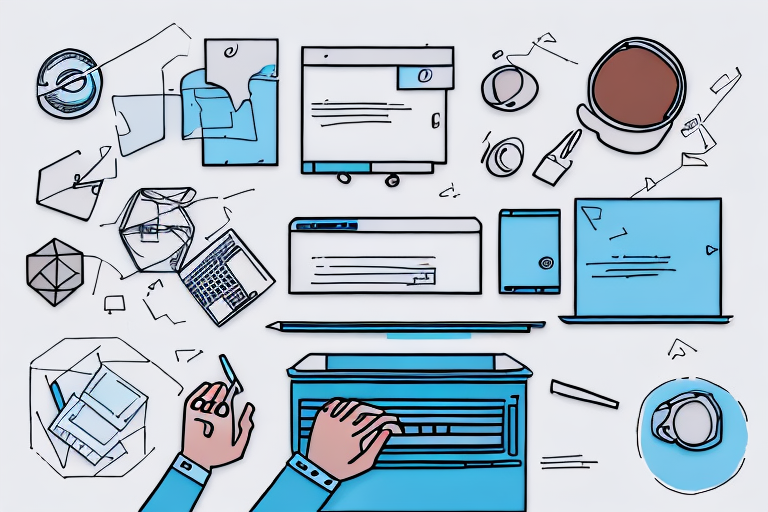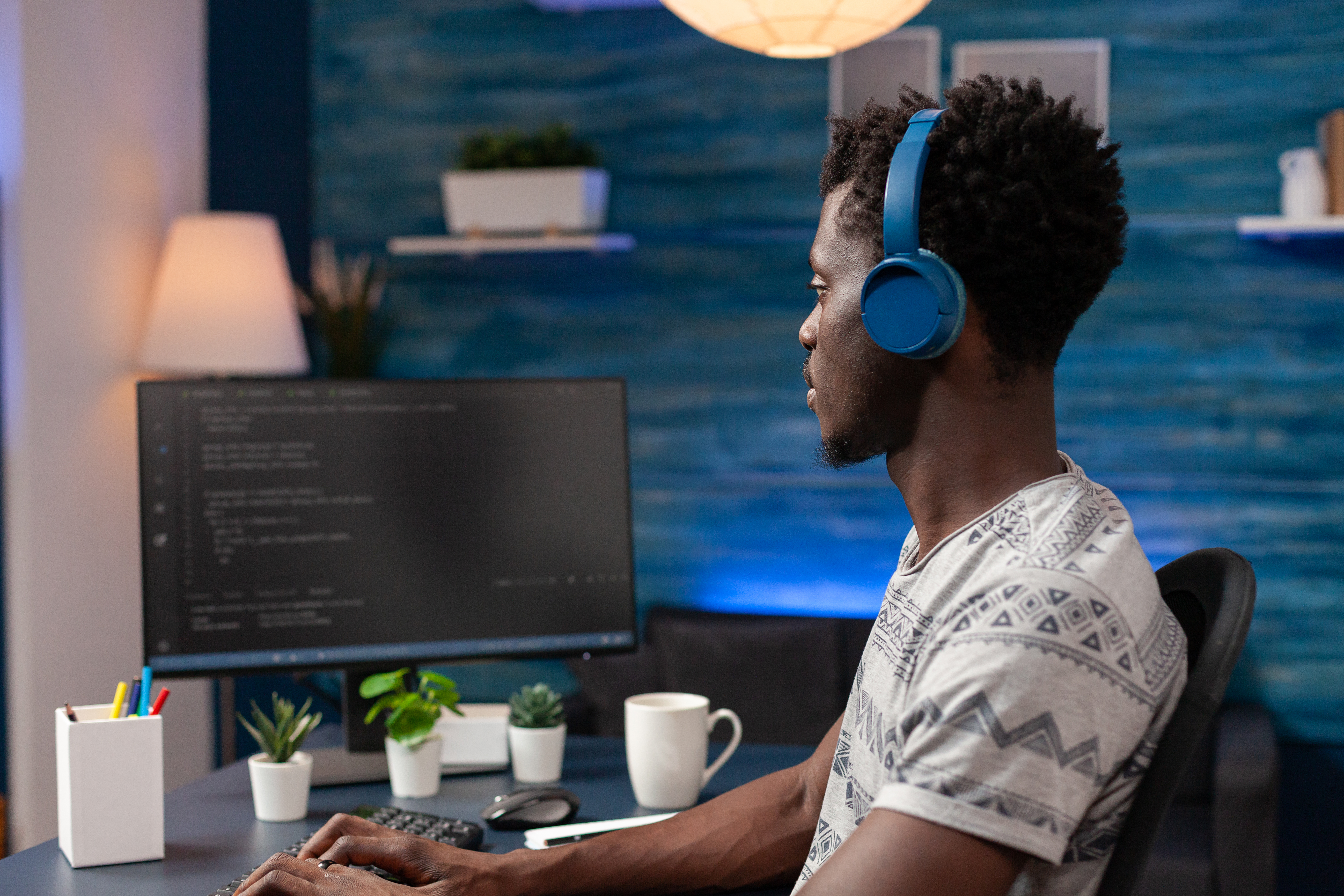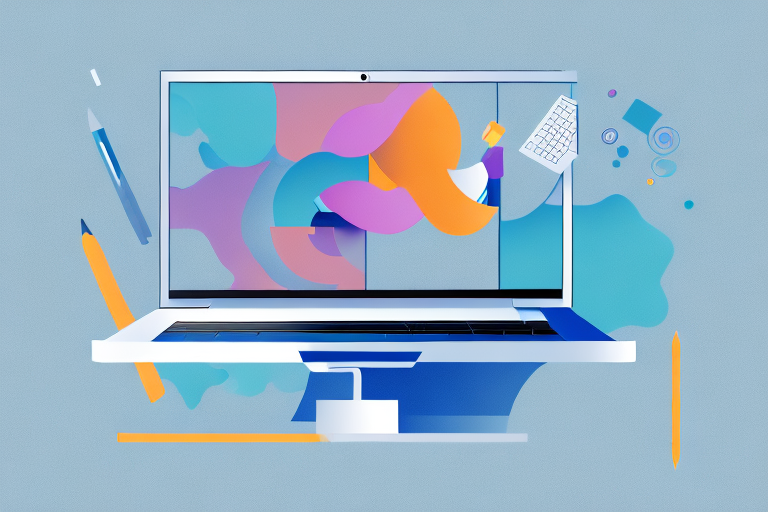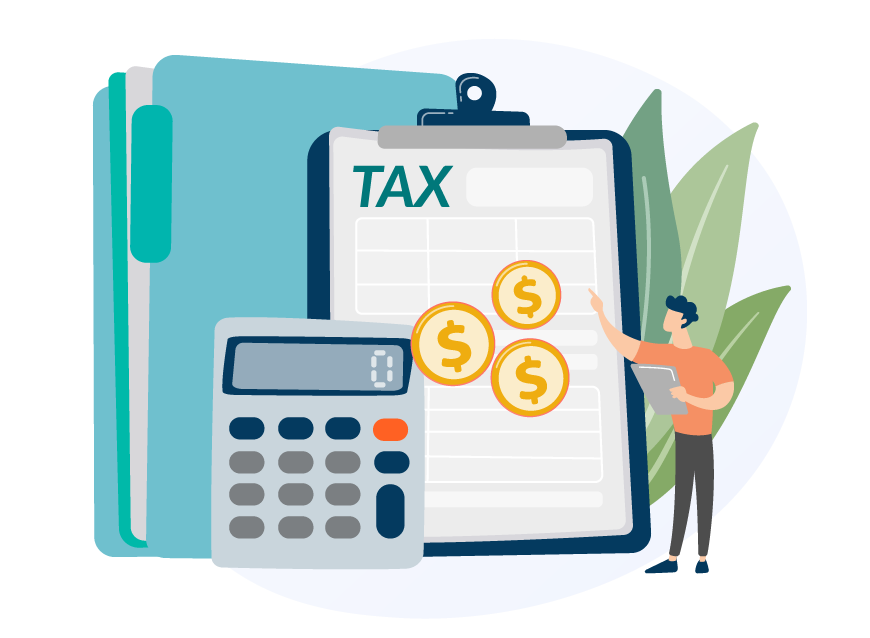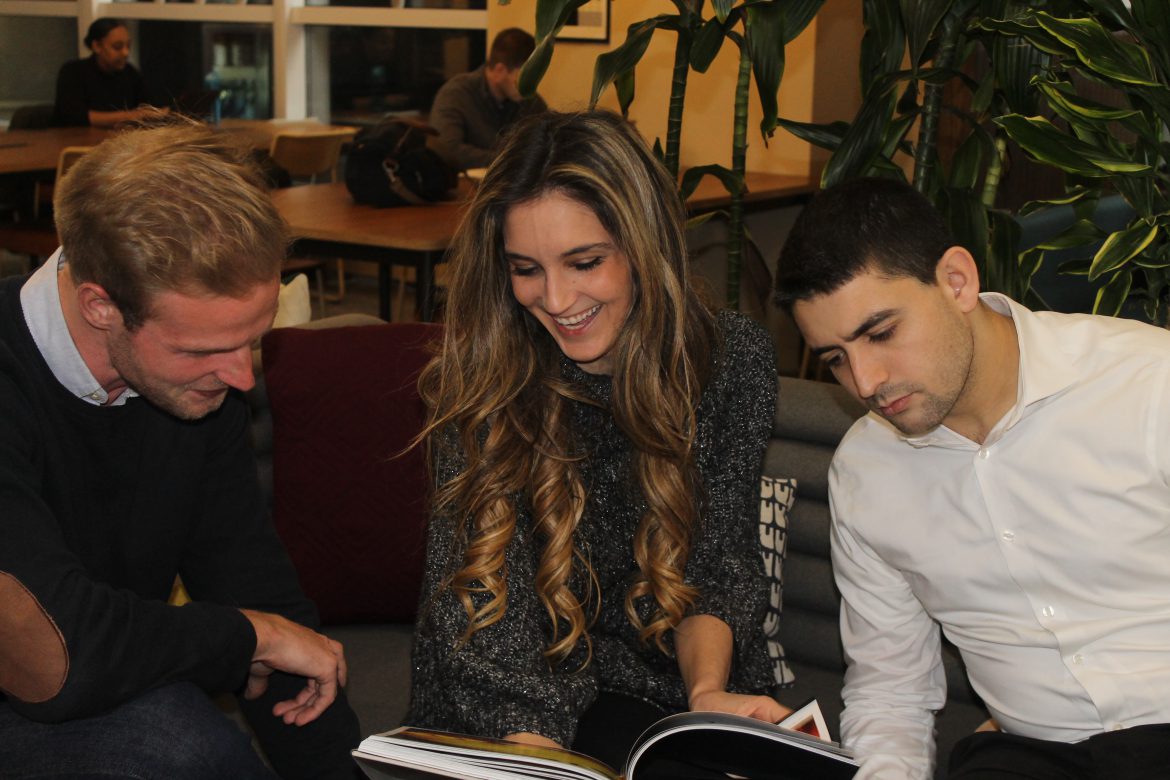If you’re a freelancer who works from home, you know that it can be both a blessing and a curse. On one hand, you get to enjoy the freedom and flexibility of being your own boss. On the other hand, it can be challenging to minimize distractions and stay productive when you’re surrounded by the comforts of your own home. In this article, we’ll share some strategies for creating a dedicated workspace, establishing a productive routine, managing distractions, and communicating boundaries with family and friends.
Creating a Dedicated Workspace
Working from home can be a great way to increase productivity and reduce stress, but it’s important to create a dedicated workspace that allows you to focus and be efficient. Here are some tips to help you create the perfect workspace:
Choosing the Right Location
The first step in creating a dedicated workspace is to choose the right location. While it may be tempting to work from your couch or bed, these areas can be filled with distractions that make it difficult to focus. Ideally, you’ll want a space that is away from high-traffic areas of your home and is free from noise and other distractions. If possible, choose a room with a door that can be closed to help you maintain focus and privacy. If you don’t have a spare room, consider setting up a workspace in a quiet corner of your living room or bedroom.
Another important consideration when choosing a location is natural light. Try to choose a space that has plenty of natural light to help boost your mood and productivity. If you don’t have access to natural light, consider investing in a good quality light source that mimics natural light.
Organizing Your Workspace for Efficiency
Once you’ve chosen a location, it’s time to organize your workspace for efficiency. This may include investing in a comfortable desk chair and ergonomically designed keyboard and mouse. You’ll also want to ensure that your workspace is well-lit and that you have adequate storage space for your supplies and equipment. Try to minimize clutter and distractions by keeping your workspace clean and tidy.
One way to keep your workspace organized is to create a filing system for your paperwork. This can be as simple as using a set of folders or investing in a filing cabinet. Keeping your paperwork organized will help you find what you need quickly and reduce stress.
Ergonomics and Comfort
Finally, it’s important to consider ergonomics and comfort when designing your workspace. Make sure that your chair and desk are at the right height to minimize strain on your neck, back, and shoulders. You may also want to invest in a standing desk or a comfortable mat to stand on to help reduce the amount of time you spend sitting each day. Remember, your workspace should be a place that is comfortable and promotes productivity.
Another way to promote comfort is to add plants to your workspace. Not only do plants add a touch of nature to your space, but they also help purify the air and reduce stress.
By following these tips, you can create a dedicated workspace that is both functional and comfortable. Remember, your workspace should be a reflection of your personal style and needs, so don’t be afraid to experiment and make changes as needed.
Establishing a Productive Routine
Freelancing from home can be a dream come true for many people. The flexibility to set your own work hours, avoid the daily commute, and work in your pajamas can be incredibly appealing. However, with this freedom comes the responsibility of establishing a productive routine that enables you to get your work done efficiently and effectively.
Setting Your Work Hours
One of the first steps in establishing a productive routine is setting your work hours. While it can be tempting to work whenever you feel like it, this approach can quickly lead to burnout and a lack of productivity. Instead, try to set a schedule that aligns with your peak productivity hours and allows for breaks throughout the day.
For example, if you’re a morning person, you may want to start work at 7am and take a break around 10am for a quick snack or cup of coffee. If you work better in the afternoon, you could start work at noon and take a break around 3pm to do some stretching exercises or take a short walk. Remember, everyone works differently, so experiment with different schedules until you find what works best for you.
Prioritizing Tasks and Deadlines
Another key component of a productive routine is prioritizing tasks and deadlines. When you’re working from home, it can be easy to get distracted by household chores, social media, or other non-work-related activities. To stay on track, make a list of tasks that need to be completed each day and prioritize them based on importance and urgency.
You may want to consider using a project management tool or a simple to-do list to help you stay organized and focused. Be sure to set clear deadlines for yourself and hold yourself accountable for meeting them. This can help you avoid procrastination and ensure that you’re making progress on your projects every day.
Incorporating Breaks and Self-Care
Finally, don’t forget to incorporate breaks and self-care into your routine. Taking breaks throughout the day can actually help you stay more productive by giving your brain a chance to rest and recharge. Research has shown that taking a 15-20 minute break every 90 minutes can help improve focus and productivity.
Consider taking a short walk outside, doing some stretching exercises, or simply taking a few deep breaths to help you relax and refocus. You may also want to include some form of self-care, such as meditation or yoga, into your daily routine to help reduce stress and improve mental clarity. Remember, taking care of yourself is just as important as taking care of your work.
By establishing a productive routine that includes setting your work hours, prioritizing tasks and deadlines, and incorporating breaks and self-care, you can maximize your productivity and achieve success as a freelancer. So take the time to experiment with different routines and find what works best for you.
Managing Distractions
Freelancing from home can be a dream come true for many people. You get to work in your pajamas, avoid the commute, and have more control over your schedule. However, one of the biggest challenges of working from home is managing distractions. It can be difficult to stay focused when you’re surrounded by the comforts of home and all of the distractions that come with it.
Identifying Common Distractions
Before you can start managing distractions, you need to identify what they are. Common distractions may include household chores, social media, or even your pets. It’s important to be honest with yourself about what distracts you the most. Once you’ve identified your biggest distractions, you can create a plan for minimizing them.
For example, if you find that social media is a major distraction, you could try using a website blocker to keep yourself from accessing it during work hours. If you find that household chores are a distraction, you could try doing them before or after your work hours, or hire a cleaning service to take care of them for you.
Implementing Strategies to Stay Focused
Once you’ve identified your distractions, it’s time to start implementing strategies to stay focused. There are many strategies you can use, such as the Pomodoro technique or setting a timer for focused work sessions. The Pomodoro technique involves working for a set amount of time, usually 25 minutes, and then taking a short break. This can help you stay focused and avoid burnout.
You may also find it helpful to use noise-cancelling headphones to block out background noise or to work in a separate room away from other people. Experiment with different strategies until you find what works best for you.
Using Technology to Your Advantage
Technology can be a double-edged sword when it comes to managing distractions. On the one hand, it can be a major distraction in and of itself. On the other hand, there are many apps and tools available that can help you stay focused and minimize distractions.
For example, you could use a website blocker to keep yourself from accessing social media during work hours. There are also apps that can track your time and help you stay accountable. These apps can be especially helpful if you’re struggling to stay focused and need a little extra motivation.
Overall, managing distractions is an ongoing process. It requires self-awareness, discipline, and a willingness to experiment with different strategies. By identifying your distractions, implementing strategies to stay focused, and using technology to your advantage, you can minimize distractions and maximize your productivity as a freelancer.
Communicating Boundaries with Family and Friends
Setting Expectations for Work Hours
If you have family or friends who live with you, it’s important to communicate your work hours and expectations with them. Let them know when you will be working and ask for their support in minimizing distractions during those times. Consider creating a “do not disturb” sign or using a signal, such as closing your office door, to indicate when you are busy.
Creating Signals for When You’re Busy
You may also want to create signals for when you’re busy, such as wearing noise-cancelling headphones or setting your status on messaging apps to “away.” This can help minimize interruptions and keep your focus on your work.
Balancing Work and Personal Life
Finally, it’s important to find a balance between your work and personal life. Freelancing from home can make it challenging to separate work from leisure time, so it’s important to set boundaries and stick to them. Try to create a routine that allows you to enjoy your personal life and hobbies while still maintaining a productive work schedule.
It´s a challenge – but you can do it!
Freelancing from home can be both rewarding and challenging, but with the right strategies in place, you can minimize distractions and maximize productivity. By creating a dedicated workspace, establishing a productive routine, managing distractions, and communicating boundaries with family and friends, you can create a healthy work-life balance and thrive as a freelancer.
